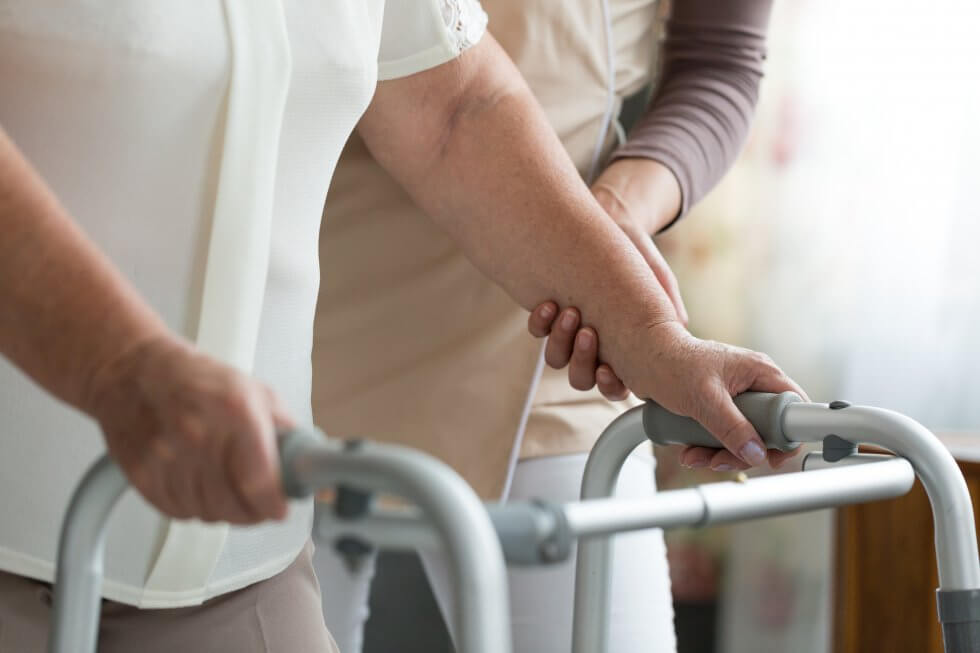
Every year, millions of people fall. Some of these falls are minor and cause no serious damage. But others lead to debilitating injuries that can keep us from living our lives to the fullest. Falls are a leading cause of fatal and non-fatal injuries in the United States. According to a report by the Centers for Disease Control and Prevention (CDC), falls are the leading cause of injury death for adults aged 65 and older. They’re also a leading cause of non-fatal injuries, such as hip fractures and head injuries.
Fortunately, there are things we can do to help prevent falls. By understanding the risk factors and taking steps to reduce those risks, we can all help make our homes, workplaces, and communities safer places.
That’s why it’s important to know about fall prevention techniques and use them as needed. In this article, we’ll discuss some common strategies for preventing falls. We’ll also provide a few tips on how to stay safe and hire an in–home care professional in Petaluma.
Risk Factors for Falls
There are many risk factors for falls, so it’s important to be aware of them and take steps to prevent them. Some of the most common factors include:
- Having poor vision or wearing glasses that are not up to date
- Having poor balance or muscle strength
- Walking slowly or unsteadily
- Tripping or stumbling over objects
- Living in a home that is cluttered or has loose rugs
- Smoking cigarettes
If you are older, have low vision, or are unsteady, it’s even more important that you stay cautious.
Fall Prevention Strategies for elder People
Older people can use many different fall prevention techniques to stay safe. Some of these techniques include:
- Wearing shoes with good traction.
- Keeping pathways and floors clear of clutter and obstacles.
- Installing grab bars in bathrooms and using a raised toilet seat.
- Wearing easily visible clothing (bright colors, reflective materials).
- Planning and being aware of your surroundings.
- Improving lighting
- Adding handrails
- Making floors slip-resistant
- Wearing proper footwear
- Exercising to improve balance and muscle strength
It is important to discuss fall prevention strategies with your older loved ones, as they may be more likely to fall if they feel insecure or uncomfortable with their surroundings. Help them to feel empowered and safe, and they will be less likely to fall.
Exercises to Strengthen Balance and Stability
You can do many exercises to improve your balance and stability.
These exercises include marching in place, side-stepping, calf raises, squats and lunges. These exercises work your lower body muscles, which are important for balance and stability. You can also try standing on one foot for a long time or walking heel-to-toe.
If you’re looking for an added challenge, try doing these exercises while wearing ankle weights or holding a weight in each hand. Start slowly and build up the intensity as you get stronger. And always heed the warning signs of a fall, such as feeling dizzy or lightheaded.
Maintaining an Active Lifestyle for Enhanced Fall Prevention
Staying active is a great way to reduce the risk of falls. Exercise can increase strength, balance, and flexibility—all of which will help you maintain your body’s strength, agility, and coordination and make it easier to prevent accidents and falls.
You don’t necessarily need to join a gym or take traditional exercise classes; there are plenty of other options you can explore, such as Tai Chi, yoga, Pilates, or aerobics classes. If you prefer to work out on your own at home, you can also do basic exercises like walking, jogging, or running in place.
It’s also important to consult your doctor before starting any exercise program. Once you get approval from your doctor, they may even be able to help you create a personalized exercise program based on your individual needs and abilities.
What Caregivers Need to Know About Fall Prevention
If you are a caregiver, it’s important to be aware that fall prevention should be a top priority when caring for someone who is elderly or disabled. You can do several key things to help reduce the risk of falls.
First, ensure your loved one’s living space is well-lit and free from clutter. Good lighting will help them quickly identify hazards, such as cords and steps, which could cause a fall. You should also ensure all walkways are clear of furniture or other objects that could obstruct their path.
In addition, it’s important to put slip-resistant mats in the bathroom, near sinks, behind stoves, and in any place where there might be spills or slick spots. Encourage your loved one to wear shoes with good traction and non-skid soles. Finally, help them maintain an exercise program to improve their balance and strength.
Conclusion
If you’re a caregiver for a loved one, it’s important to be proactive about fall prevention. Implementing a few simple techniques can help make your loved one’s home care safer and help reduce the risk of a fall.
If you’re not a caregiver, it’s still important to be aware of the risks of falls and take steps to prevent them. Falls are the leading cause of injury and death among adults aged 65 and older, and even a minor fall can cause severe damage.
These are just a few of the many fall prevention techniques that can be used to help keep people safe. If you cannot assist your parent or beloved one with fall prevention, think about hiring a non-medical caretaker. Many of our caretakers have received fall prevention training via our Fall Prevention Specialty Program. If you would like to learn more, check out our services page.